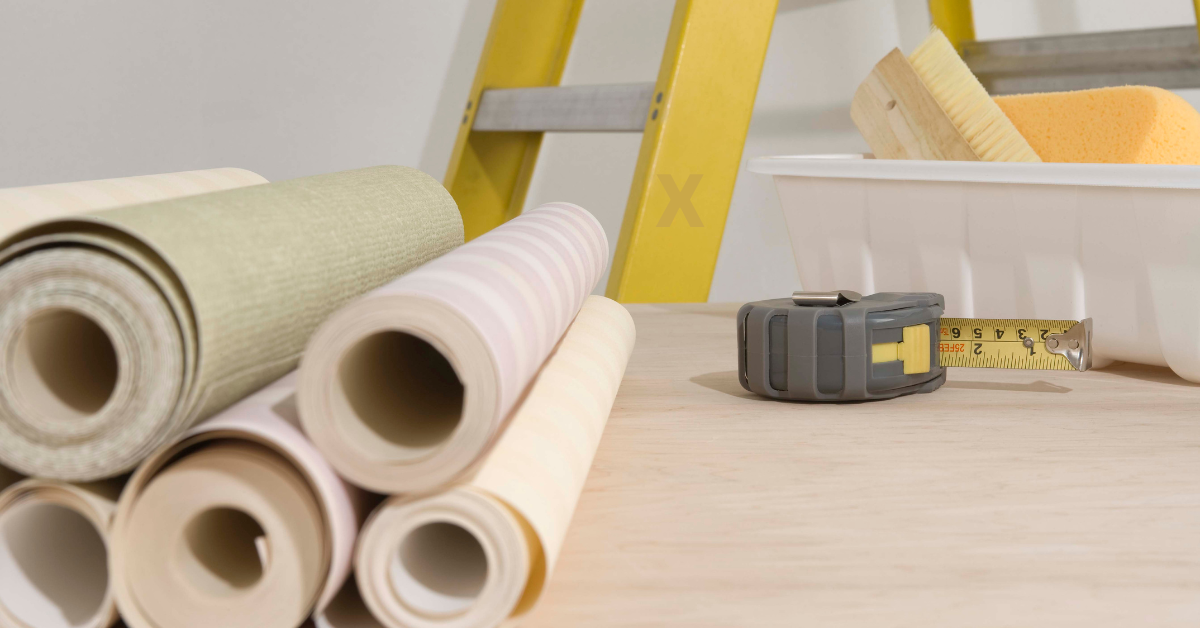Portable rolling ladders are essential tools in many workplaces, including warehouses, retail stores, libraries, and manufacturing facilities. These ladders provide a safe and efficient way to reach high shelves and storage areas, improving productivity and reducing the risk of accidents. This comprehensive guide will explore the types of portable rolling ladders, their benefits, key features, and tips for selecting and using them effectively.
Understanding Portable Rolling Ladders
What Are Portable Rolling Ladders?
Portable rolling ladders are mobile ladders equipped with wheels or casters, allowing them to be easily moved from one location to another. They typically have a sturdy frame, steps or rungs, and a handrail or safety guard to ensure user safety. These ladders are designed for tasks that require access to elevated areas while providing stability and ease of use.
Types of Portable Rolling Ladders
- Tilt-and-Roll Ladders: These ladders feature wheels or casters that engage when the ladder is tilted, allowing it to be easily moved. When in use, the ladder rests on its legs for stability.
- Spring-Loaded Caster Ladders: Equipped with casters that automatically retract when weight is applied, these ladders provide mobility when needed and stability during use.
- Heavy-Duty Rolling Ladders: Designed for industrial and commercial environments, these ladders are built with robust materials to support heavier loads and frequent use.
- Folding Rolling Ladders: These ladders can be folded for easy storage and transport, making them ideal for locations with limited space.
- Platform Ladders: Featuring a wide platform at the top, these ladders provide a secure standing area for tasks that require extended periods of time at an elevated height.
Benefits of Portable Rolling Ladders
Improved Safety
Portable rolling ladders are designed with safety features such as handrails, non-slip steps, and locking mechanisms to prevent accidental movement. These features help reduce the risk of falls and injuries in the workplace.
Increased Efficiency
By providing quick and easy access to elevated areas, rolling ladders enhance productivity. Workers can reach items without the need for time-consuming setup or relocation of fixed ladders.
Versatility
Portable rolling ladders are suitable for a wide range of applications, from stocking shelves in retail stores to accessing inventory in warehouses. Their mobility and adaptability make them valuable tools in various settings.
Space-Saving Design
Many portable rolling ladders are designed to be compact and easy to store. Folding models, in particular, can be tucked away when not in use, maximizing available workspace.
Durability
Constructed from high-quality materials such as steel or aluminum, portable rolling ladders are built to withstand heavy use and harsh environments. This durability ensures a long lifespan and reliable performance.
Key Features to Look For
Load Capacity
Choose a ladder with a load capacity that meets your needs. Consider the weight of the user and any tools or materials they may carry. Heavy-duty models are available for demanding applications.
Height and Reach
Select a ladder that provides the necessary height to reach your intended work areas. Ensure the ladder’s reach is sufficient to perform tasks safely and comfortably.
Stability and Safety
Look for features such as non-slip steps, handrails, and locking mechanisms to enhance safety. Stability is crucial to prevent accidents and ensure user confidence.
Mobility
Consider the type of casters or wheels and their functionality. Ensure the ladder can be easily moved and securely locked in place during use. Spring-loaded casters and tilt-and-roll designs offer reliable mobility and stability.
Material and Construction
Choose a ladder made from durable materials such as steel or aluminum. Consider the ladder’s weight, as lighter models are easier to maneuver, while heavier models offer increased stability and load capacity.
Platform and Step Design
If tasks require prolonged periods at an elevated height, consider a platform ladder with a spacious and secure standing area. For general use, ensure the steps are wide and comfortable, with non-slip surfaces.
Tips for Selecting the Perfect Portable Rolling Ladder
Assess Your Needs
Identify the specific tasks and environments where the ladder will be used. Consider factors such as height requirements, load capacity, and frequency of use.
Evaluate Safety Features
Prioritize ladders with robust safety features, including handrails, non-slip steps, and reliable locking mechanisms. Safety should be the top priority in any work environment.
Check Mobility Options
Ensure the ladder’s wheels or casters are suitable for the floor surface in your workplace. Smooth-rolling casters are ideal for indoor use, while larger, rugged wheels may be needed for outdoor or uneven surfaces.
Consider Space Constraints
If space is limited, opt for a folding or compact ladder that can be easily stored when not in use. Evaluate the ladder’s footprint to ensure it fits comfortably in your workspace.
Compare Durability and Warranty
Look for ladders constructed from high-quality materials and backed by a manufacturer’s warranty. Durability and warranty coverage provide assurance of long-term performance and value.
Using Portable Rolling Ladders Safely
Pre-Use Inspection
Always inspect the ladder before use, checking for any damage or defects. Ensure all components, including steps, handrails, and casters, are in good condition and functioning properly.
Proper Setup
Position the ladder on a flat, stable surface. Engage any locking mechanisms or brakes to prevent movement during use. Ensure the ladder is fully extended and stable before climbing.
Climbing and Descending
Maintain three points of contact (two hands and one foot, or two feet and one hand) when climbing or descending the ladder. Avoid carrying heavy or bulky items that may affect your balance.
Avoid Overreaching
Do not overreach or lean too far to the side while on the ladder. Move the ladder as needed to maintain a safe and stable working position.
Follow Weight Limits
Adhere to the ladder’s specified load capacity. Avoid exceeding the weight limit, as this can compromise stability and safety.
Conclusion
Portable rolling ladders are invaluable tools for improving safety and efficiency in various workplace environments. By understanding the different types of ladders, their benefits, and key features, you can select the perfect ladder for your needs. Prioritizing safety, mobility, and durability ensures that your portable rolling ladder will provide reliable performance and enhance productivity. Proper use and maintenance of the ladder will further contribute to a safe and efficient work environment.



